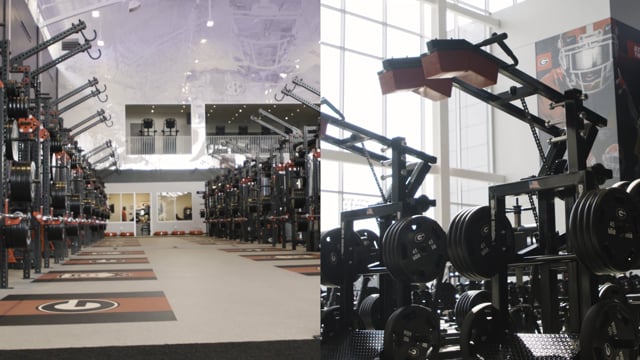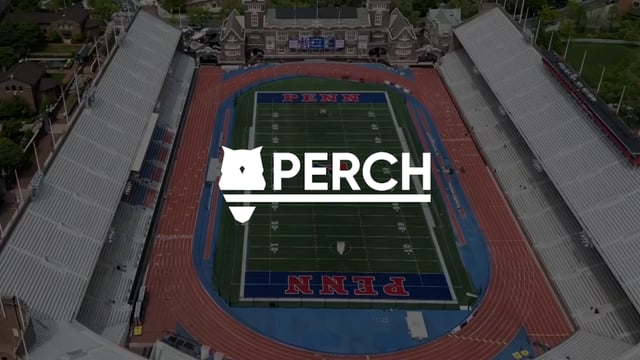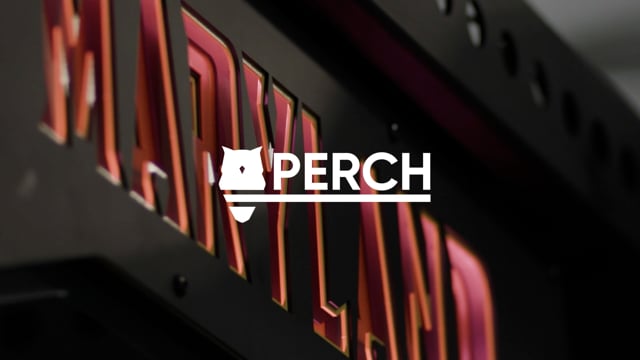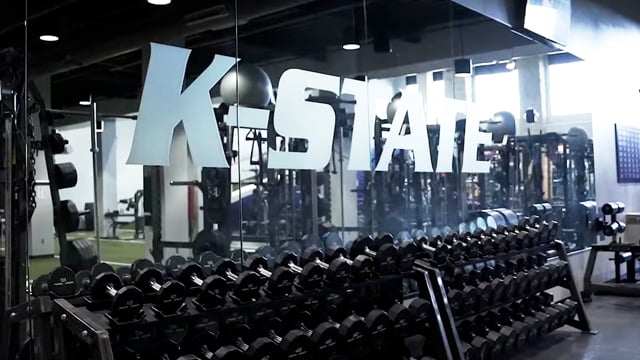Perch E-Learning Course
Learn More About Velocity Based Training and Weight Room Technology Here in this Perch E-Learning Course.
See Summary
Perch E-Learning Course: Exploring Velocity-Based Training (VBT) and Performance Metrics with Perch
Introduction:
Nika from Perch introduces the platform's aim: to educate on weight room technology, velocity-based training (VBT), and performance monitoring. Key areas include debunking myths, gaining hands-on application skills, and understanding Perch's product features. The session is structured around VBT's past, present, and future, and how it enhances athletic performance.
History and Evolution of Velocity-Based Training
- Originating in the 1960s through Russian scientist Yuri Verkhoshansky, VBT was refined by RA Roman in the 1980s and popularized in the U.S. by Louis Simmons.
- Dr. Brian Mann further advanced VBT research with his book Developing Explosive Athletes in the 2010s.
- Today, VBT is a global standard for sports performance, with continued research by experts like Dr. Daniel Baker and Dr. Juan Jose Gonzalo Badillo.
Methods of Measuring Velocity
Three methods of measuring velocity in the weight room are outlined:
- Linear Position Transducers (LPTs):
Tether-based devices measuring how quickly a tether unspools from a barbell. Downsides include cumbersome setup. - Accelerometers (IMUs):
Devices attached to athletes or equipment. While mobile, they often collect noisy data and are prone to damage. - Camera-Based Systems (e.g., Perch):
Mounted on weight racks, these systems provide passive data collection on metrics like velocity, power, and eccentric measurements. They optimize efficiency by accommodating multiple athletes with fewer devices.
Scientific Benefits of VBT
Why VBT Over Traditional Percentage-Based Training?
- VBT adapts workouts based on real-time performance, fatigue levels, and readiness, unlike static percentage-based programs tied to one-rep maxes (1RM).
- Studies show daily fluctuations of up to 36% in 1RM, making static programs unreliable for optimizing performance and injury prevention.
- VBT emphasizes maximal intent and objective feedback to regulate workloads, improving athlete outcomes.
Understanding Velocity, Load, and Intensity Relationships
- Coaches intuitively gauge how fast an athlete should move a load based on programmed reps and sets.
- VBT offers data-driven profiles to refine these expectations. Coaches can target specific neuromuscular adaptations, whether for strength, power, or speed, and adjust programming dynamically across training cycles.
Load-Velocity Profiling for Customization
- Load-velocity profiling assesses whether an athlete is velocity-deficient or load-deficient.
- Athletes lift a series of loads while VBT devices track velocity. This creates a profile that helps determine training focuses, such as emphasizing lighter, faster lifts for sprinters.
Data-Driven Performance Monitoring
- Real-Time Feedback: Coaches and athletes use velocity and power metrics to optimize training efficiency.
- Progress Tracking: Changes in metrics like peak velocity and eccentric time help monitor athlete improvements over time.
- Goal Setting: Research shows that setting velocity thresholds, rather than vague goals like "move fast," enhances training adaptation and adherence.
VBT Metrics Breakdown
- Peak and Mean Velocity: Indicate explosiveness, sustained output, and movement efficiency.
- Power (Measured in Watts): Explosive peak power values inform optimal load selection, while mean power highlights endurance and sustained output.
- Eccentric Metrics: Metrics like eccentric mean velocity and eccentric time guide muscle adaptation, injury prevention, and rehabilitation.
- Time-Based Metrics: Time to peak velocity or power assesses how rapidly athletes generate force, crucial for sports requiring explosive movement.
- Displacement and Work Output: Measuring movement range and overall work aids in assessing joint mobility, muscle activation, and exercise intensity.
Practical Applications of VBT
- Case Studies:
- A sprinter’s declining performance was resolved by emphasizing faster velocities in training.
- A high school strength coach uses Perch’s bar path tracking to monitor technique for hundreds of athletes.
- A Power Five football coach validates athlete progress by comparing longitudinal VBT data, showing that athletes are lifting heavier and faster despite perceived on-field sluggishness.
- Sports-Specific Training:
VBT aligns training with the physical demands of each sport. For example, sprinters prioritize velocity for explosive starts, while linemen balance strength and power for dynamic performance.
Velocity Zones in Strength Training
- The webinar details five zones of training based on mean velocity:
- Absolute Strength Zone: Slowest velocities (<0.5 m/s) for maximum load lifting.
- Accelerative Strength Zone: Moderate load and velocity (0.5 - 0.75 m/s), focusing on force generation speed.
- Strength-Speed Zone: Bridging power and strength development (0.75 - 1.0 m/s).
- Speed-Strength Zone: Faster movements (1.0 - 1.3 m/s) for power output optimization.
- Starting Strength Zone: High-speed, lightweight movements (>1.3 m/s) for neuromuscular patterning.
Simplification into three broader zones—speed, power, and strength—may improve practical application.
Autoregulation with VBT
- Autoregulation involves adjusting training intensity in real-time based on an athlete's performance state.
- This strategy enhances adaptability, minimizes injury risk, and fosters athlete engagement by allowing collaborative load management between coach and athlete.
Conclusion:
The future of VBT lies in continuous innovation and data analytics. Perch is at the forefront, providing tools for performance tracking, velocity zone setting, and long-term athlete development. Coaches are encouraged to explore additional research resources to deepen their understanding of VBT applications.
Related Webinars
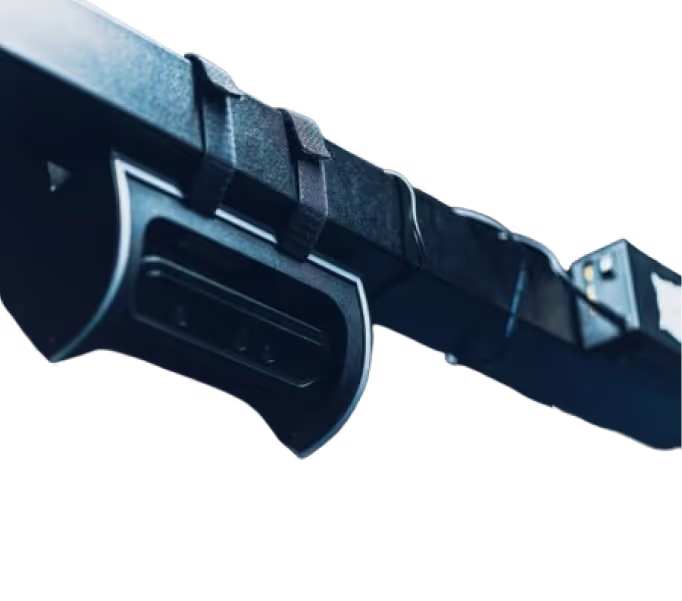
Start Gathering Data With Perch Today!
Reach out to us to speak with a representative and get started using Perch in your facility.

